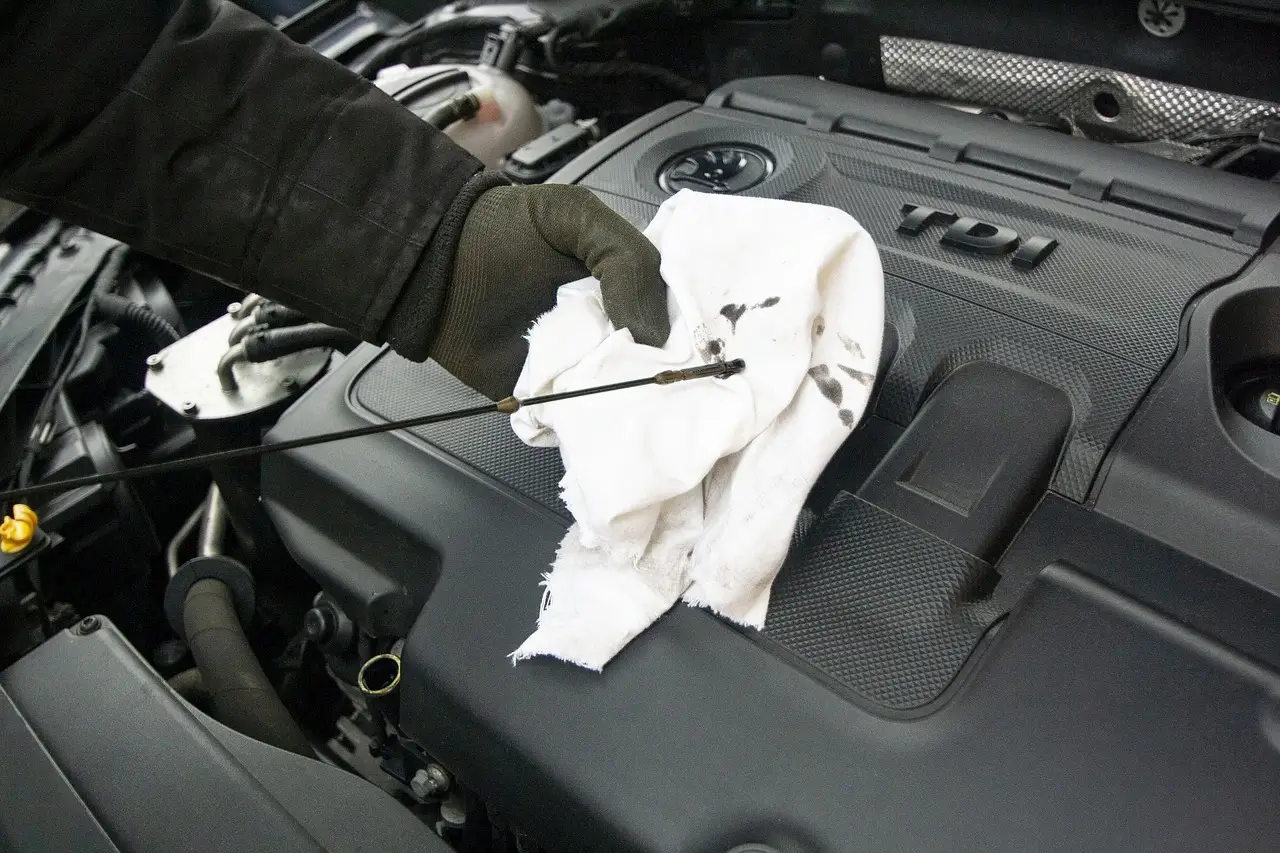If you are an owner of an Audi A4, there is a chance that you have experienced a oil leak at some point in the past. This is a very common problem and can cost you a significant amount of money if you do not fix it as soon as you notice it. Luckily, there are a few tips that you can follow to avoid the problem from recurring in the future.
Damaged Oil Pans
The oil pan is a part of your car’s lubrication system. It catches the excess oil that is drained by your oil pump. This helps keep your engine clean and cool, and reduces friction between metal parts.
Oil pans can be damaged by the elements, especially road debris. Road debris can be a source of oil leaks, causing your engine to consume more oil.
The best way to protect your engine from damage is to have a regular oil change. This will help you avoid having to replace the engine oil pan.
Getting a good seal on the engine oil pan is also important. If it is not, oil leaks could cause serious damage to your engine.
Another important step is to check your filter. A dirty filter may be the reason for your engine’s leaks. Also, make sure your vehicle is not sitting on a lot of debris.
Your oil pan may also be leaking. An oil leak is a small matter, but it can become dangerous over time. One of the signs of an oil leak is a puddle of oil beneath your vehicle.
Clogged Plenum Tray Drain
If you have an Audi A4 that is experiencing a clogged plenum tray drain, you may want to consider a repair. This is a common problem that can cause significant damage.
The plenum tray is a part of the engine’s air intake system. When it gets clogged, it can affect performance and damage electrical components. Water seepage can lead to corrosion.
Oil leaks are also a major concern. If left untreated, the leak can be catastrophic. In the worst cases, the leaking oil can contaminate the environment. To prevent such a problem, it is important to know the symptoms and causes of a plenum tray drain clog.
Performing routine maintenance is the best way to prevent an oil leak. One common reason is a clogged fuel filter. Another is a damaged high-pressure fuel pump. Both of these problems can cause an illuminated check engine light.
It is also important to keep the plenum tray free of debris. A simple hose can be used to break up debris.
Clogged Camshaft Seals
The Audi A4 is an engineered vehicle. It’s made with a camshaft that allows the pistons to rotate in synchronization. This allows the valves to open and close, regulating the air/fuel mixture. If the seal between the camshaft and the cylinder head becomes clogged, oil can leak out.
If you have a leaky engine, you’ll notice a lack of power and stalling. Leaks can also cause the timing belt to slip. When you do find a leak, you need to fix it as soon as possible. Oil leaks can become a serious problem if left untreated. They can cause the engine to overheat, burn, or backfire. Some of these problems can result in major damage to the vehicle.
One of the most common types of leaks is a rear main seal. These seals are located at the rear of the engine, and they are responsible for sealing the crankshaft as it exits the engine.
Extended Warranty
When you own an Audi A4, you’ll need to make sure you take good care of it. It’s important to have an extended warranty. If you do, you’ll be able to cover a large portion of the cost of repairs when your car isn’t running properly.
Some of the most expensive repairs that can be made on an Audi are related to the engine. For example, you might need to replace your spark plug or ignition coil. Other repairs include water pump or timing belt replacement. These costs can vary widely.
Another major repair you may need to make is a head gasket. Head gaskets are a rubber seal that sits between the top of the engine compartment and the engine. They can leak and cause serious damage to your vehicle.
An oil leak can also lead to major engine problems. If you don’t fix it right away, you can run the risk of damaging your engine.
